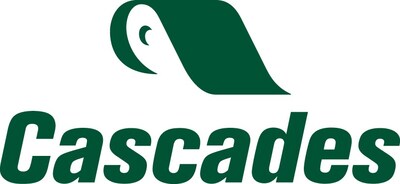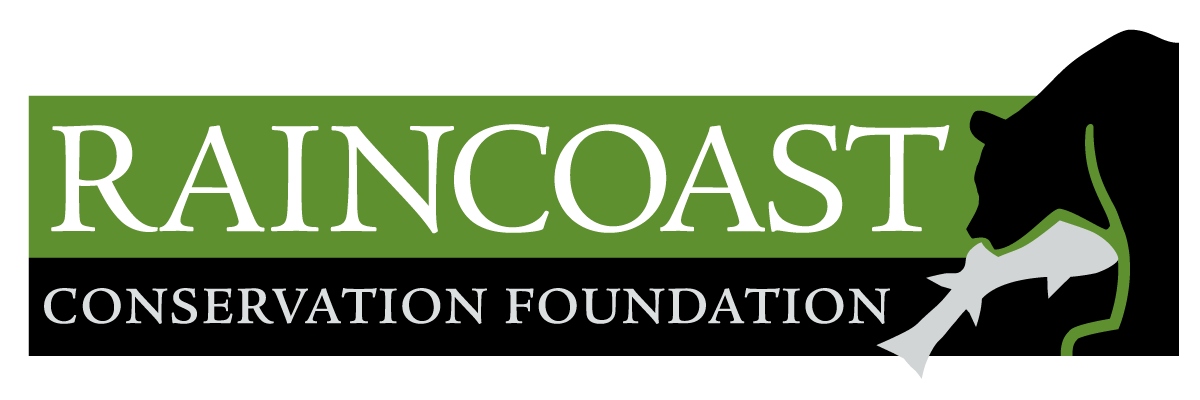 Despite ‘positive‘ meeting with President Trump, Prime Minister Carney returns home without a deal to remove US tariffs. In related news: Alberta’s Premier Smith speaks to US trade tensions at AFPA meeting; John Brink says tariffs on lumber are bizarre; and FPAC’s Derek Nighbor say’s there’s a reason Americans want Canadian wood. In other Business news: Cascades sells its Flexible Packaging plant in Mississauga; Canada’s trade gap widens; and lumber futures ease.
Despite ‘positive‘ meeting with President Trump, Prime Minister Carney returns home without a deal to remove US tariffs. In related news: Alberta’s Premier Smith speaks to US trade tensions at AFPA meeting; John Brink says tariffs on lumber are bizarre; and FPAC’s Derek Nighbor say’s there’s a reason Americans want Canadian wood. In other Business news: Cascades sells its Flexible Packaging plant in Mississauga; Canada’s trade gap widens; and lumber futures ease.
In other news: could offsite construction be Canada’s homebuilding’s saviour; mass timber takes centre stage in North Bay, Ontario; scientists say Canada’s forests are drying out; and its Fire Prevention week in America. Meanwhile: COFI announced its 2025 Forestry Scholarship recipients; UBC’s Faculty of Forestry received two CIF Awards; SFI-US announced Forest Stewardship Standard 2.0; and NeLMA elected Hancock Lumber’s Matt Duprey as board chair.
Finally, the first rural hospital-base air ambulance program was started by a Montana logger.
Kelly McCloskey, Tree Frog News Editor
 WASHINGTON — Prime Minister Carney is set to return to Ottawa today with no deals to remove US tariffs from Canadian goods, but he’s leaving his key minister on Canada-US trade behind to keep pressing the Canadian case. US President Trump lavished praise on Carney during a meeting in the Oval Office on Tuesday and said the prime minister would walk away “very happy.” The president showed no signs of relenting on tariffs, however, and no deal was announced. Carney was scheduled to have a working breakfast this morning with Joshua Bolten, CEO of the Business Roundtable, while Foreign Affairs Minister Anita Anand was set to meet with Secretary of State Marco Rubio. Canada-US Trade Minister Dominic LeBlanc will be staying behind in Washington. LeBlanc told reporters Tuesday that substantial progress was made in the White House talks this week.
WASHINGTON — Prime Minister Carney is set to return to Ottawa today with no deals to remove US tariffs from Canadian goods, but he’s leaving his key minister on Canada-US trade behind to keep pressing the Canadian case. US President Trump lavished praise on Carney during a meeting in the Oval Office on Tuesday and said the prime minister would walk away “very happy.” The president showed no signs of relenting on tariffs, however, and no deal was announced. Carney was scheduled to have a working breakfast this morning with Joshua Bolten, CEO of the Business Roundtable, while Foreign Affairs Minister Anita Anand was set to meet with Secretary of State Marco Rubio. Canada-US Trade Minister Dominic LeBlanc will be staying behind in Washington. LeBlanc told reporters Tuesday that substantial progress was made in the White House talks this week.

 Canada’s international trade deficit swelled to $6.3 billion in August, its second-largest shortfall on record, as new United States tariffs took a heavy toll on key exports and injected fresh volatility into cross-border flows. The latest figures, released by Statistics Canada, show how US trade policy continues to affect Canadian exporters and make the Bank of Canada’s next interest rate decision more complicated. Exports in August fell 3% by value and 3.2% in volume, led by sharp declines in copper ore and lumber shipments, both of which were hit by new US tariffs. …Imports, meanwhile, rose 0.9%, buoyed by higher consumer goods, a sign of resilient household demand, even as business investment remained soft. …Exports to the US, Canada’s largest trading partner, fell 3.4% in August after three consecutive monthly gains, and were down 8% year-over-year. Exports to non-US destinations edged up 1.8% from a year ago but slipped 2% from July.
Canada’s international trade deficit swelled to $6.3 billion in August, its second-largest shortfall on record, as new United States tariffs took a heavy toll on key exports and injected fresh volatility into cross-border flows. The latest figures, released by Statistics Canada, show how US trade policy continues to affect Canadian exporters and make the Bank of Canada’s next interest rate decision more complicated. Exports in August fell 3% by value and 3.2% in volume, led by sharp declines in copper ore and lumber shipments, both of which were hit by new US tariffs. …Imports, meanwhile, rose 0.9%, buoyed by higher consumer goods, a sign of resilient household demand, even as business investment remained soft. …Exports to the US, Canada’s largest trading partner, fell 3.4% in August after three consecutive monthly gains, and were down 8% year-over-year. Exports to non-US destinations edged up 1.8% from a year ago but slipped 2% from July.







 ATLANTA — Forest Stewardship Council US announced the approval of the revised
ATLANTA — Forest Stewardship Council US announced the approval of the revised